Ferrari 360 Manual Conversion: A Comprehensive Guide
This guide explores the intricate process of converting a Ferrari 360 from its original F1 automated manual transmission to a traditional gated manual. It will cover everything from identifying suitable models and available kits to installation considerations and potential issues, offering a comprehensive overview of this popular modification.
The Ferrari 360, produced from 1999 to 2004, initially came equipped with either a traditional six-speed manual transmission or Ferrari’s then-new F1 automated manual. While the F1 system offered quicker shifts, many enthusiasts yearned for the more engaging and direct feel of a manual gearbox. This desire has fueled a thriving market for 360 manual conversion kits.
This conversion involves replacing the F1 system with a complete manual transmission setup, including a clutch pedal, shifter, and associated components. The process can range from relatively straightforward to complex, depending on the chosen kit and the installer’s expertise.
The manual conversion aims to recapture the classic sports car experience, providing drivers with greater control and a more intimate connection to the car. It’s a testament to the enduring appeal of manual transmissions among driving purists. This guide will navigate the nuances of this conversion, providing insights for prospective modifiers.
Ultimately, the decision to convert is a personal one, driven by a desire for a more engaging driving experience, and this guide aims to equip enthusiasts with the information needed to make an informed choice.
Reasons for Converting from F1 to Manual
Several compelling reasons drive Ferrari 360 owners to convert from the F1 automated manual to a traditional manual transmission. Firstly, many drivers find the F1 system less engaging and less connected than a true manual. The manual conversion offers a more tactile and involved driving experience, giving the driver greater control over gear selection and clutch engagement.
Secondly, the F1 system can be prone to expensive maintenance and repairs. The hydraulic pump, actuators, and sensors associated with the F1 system can fail, leading to significant costs. A manual transmission, while still requiring maintenance, is generally considered more reliable and less expensive to repair in the long run.
Thirdly, some owners simply prefer the feel and sound of a gated manual shifter; The iconic “click-clack” of the gear lever engaging in the gate is a quintessential part of the Ferrari experience for many enthusiasts, and it’s absent in the F1 system.
Finally, a manual conversion can potentially increase the resale value of a 360 for buyers who specifically seek a manual transmission car. While not universally true, many Ferrari enthusiasts prioritize manual gearboxes, and a converted car may appeal to this niche market.
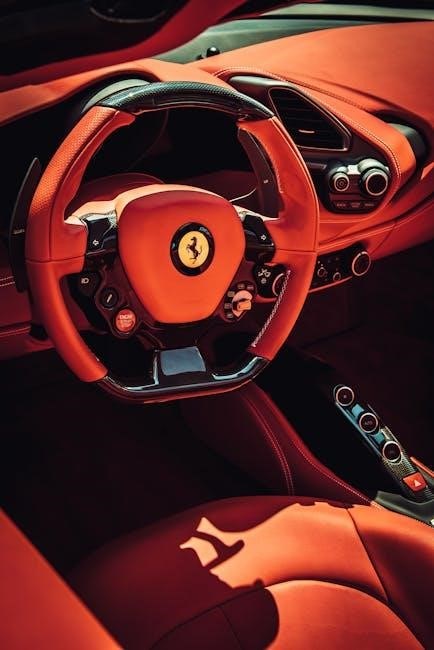
Identifying Suitable Ferrari 360 Models for Conversion (1999-2004)
The Ferrari 360 Modena, produced between 1999 and 2004, is the primary candidate for manual conversions. Both the coupe (Berlinetta) and spider versions are eligible. However, it’s crucial to verify the car’s existing transmission type. Conversions are intended for models originally equipped with the F1 automated manual system, not those that already came with a factory manual.
Visually, identifying an F1-equipped 360 is straightforward: it lacks a traditional clutch pedal. Instead, gear changes are executed via paddles located behind the steering wheel. Confirming the original configuration is vital as attempting to convert a factory manual car would be redundant and complex.
While the 360 Challenge Stradale is technically within the production year range (2003-2004), converting one is less common. The Challenge Stradale was designed as a track-focused variant, and its F1 system was specifically tuned for performance. Altering this setup might diminish its unique character and potentially impact its value among collectors who appreciate its originality.
Therefore, standard 360 Modena coupes and spiders with the F1 transmission represent the most suitable and practical choices for a manual conversion project. Always verify the car’s history and original specifications before proceeding.
Available Conversion Kits: Overview and Manufacturers
Several aftermarket companies offer conversion kits to transform a Ferrari 360 F1 into a gated manual. These kits generally aim to provide all necessary components for a seamless transition. When selecting a kit, consider the manufacturer’s reputation, the quality of included parts, and the level of support offered.
Some manufacturers provide complete kits featuring new or refurbished OEM Ferrari parts alongside custom-engineered components. Other kits might prioritize aftermarket solutions to reduce costs. It’s crucial to understand the source and quality of each component before making a purchase.
Notable manufacturers often include those specializing in Ferrari modifications and performance upgrades. Researching online forums and communities can provide valuable insights into the experiences of other owners who have used specific kits. Look for feedback regarding fitment, reliability, and customer service.

The www.GatedConversion.com gated manual kit offers two options; one is F1 fluid compatible and does not require transmission removal.
Furthermore, some kits may offer optional extras like ECU programming tools or pre-assembled wiring harnesses. These additions can simplify the installation process, especially for DIYers. However, ensure compatibility with your specific 360 model year. Ultimately, choosing the right conversion kit requires careful research and consideration of your budget, mechanical skills, and desired outcome;
Components Included in a Typical Conversion Kit
A comprehensive Ferrari 360 manual conversion kit typically includes several essential components designed to replace the F1 system with a traditional manual setup. The core element is a gated shifter assembly, often crafted from billet aluminum for enhanced precision and durability. This assembly replicates the iconic Ferrari gated shifter experience.
The kit features a clutch pedal assembly, including the pedal itself, mounting brackets, and hydraulic cylinders. These components are crucial for actuating the clutch, enabling manual gear changes. A replacement clutch master cylinder and slave cylinder ensure smooth and responsive clutch operation.
The kit contains a manual transmission, either a new or refurbished unit, along with necessary bellhousing adapters and mounting hardware. Custom-made shift cables connect the shifter to the transmission, providing precise gear selection. A modified or replacement ECU (Engine Control Unit) is included to manage the engine’s operation with the manual transmission.
Wiring harnesses facilitate seamless integration of the new components with the car’s existing electrical system. Fasteners, brackets, and linkage complete the kit, ensuring secure and reliable installation. Some kits may also include a new flywheel and clutch disc, guaranteeing optimal performance and longevity.
Finally, detailed installation instructions are essential for a successful conversion.
DIY vs. Professional Installation: Considerations
Undertaking a Ferrari 360 manual conversion presents a crucial decision: DIY or professional installation. A DIY approach offers cost savings and personal satisfaction, but demands significant mechanical expertise. This project involves intricate work, including removing the F1 system, installing the manual transmission, integrating hydraulics, and modifying the ECU.
Success hinges on a comprehensive understanding of automotive mechanics, access to specialized tools, and meticulous attention to detail. Incorrect installation can lead to performance issues, damage to components, or even safety hazards. Thorough research and access to detailed instructions are essential for DIYers.
Professional installation, while more expensive, provides assurance of expertise and experience. Qualified technicians possess the knowledge and tools to perform the conversion correctly, minimizing risks. They can also handle unforeseen challenges and ensure proper integration of all components.
Furthermore, professional installers often offer warranties on their work, providing added peace of mind. The decision depends on your skill level, available resources, and risk tolerance. If you lack extensive mechanical experience, professional installation is the safer and more reliable option.
However, experienced mechanics comfortable with complex projects may find the DIY route rewarding. Weigh the pros and cons carefully before making a choice.

Step-by-Step Overview of the Conversion Process
The Ferrari 360 manual conversion is a multi-stage process requiring meticulous attention. First, disconnect the battery and drain the F1 hydraulic fluid system. The F1 pump, actuators, and related components are then carefully removed, making way for the manual transmission hardware.
Next, install the clutch pedal assembly, master cylinder, and hydraulic lines. This involves modifying the pedal box and ensuring proper alignment. The manual transmission is then mounted, along with the shifter linkage and cables, ensuring smooth gear engagement.
Modifications to the transmission tunnel might be necessary for shifter clearance. The wiring harness needs modification to integrate with the new components, and the ECU requires reprogramming to eliminate F1-related errors and optimize performance for the manual setup.
The conversion kit’s components, including the gated shifter, are installed, adding the classic Ferrari aesthetic. After everything is connected, refill the fluids, and conduct a thorough inspection for leaks or issues.
Finally, perform a test drive, carefully monitoring the transmission, clutch, and overall performance. Addressing any issues promptly is crucial for a successful conversion. This overview highlights the major steps, but each stage involves detailed procedures and specialized knowledge.
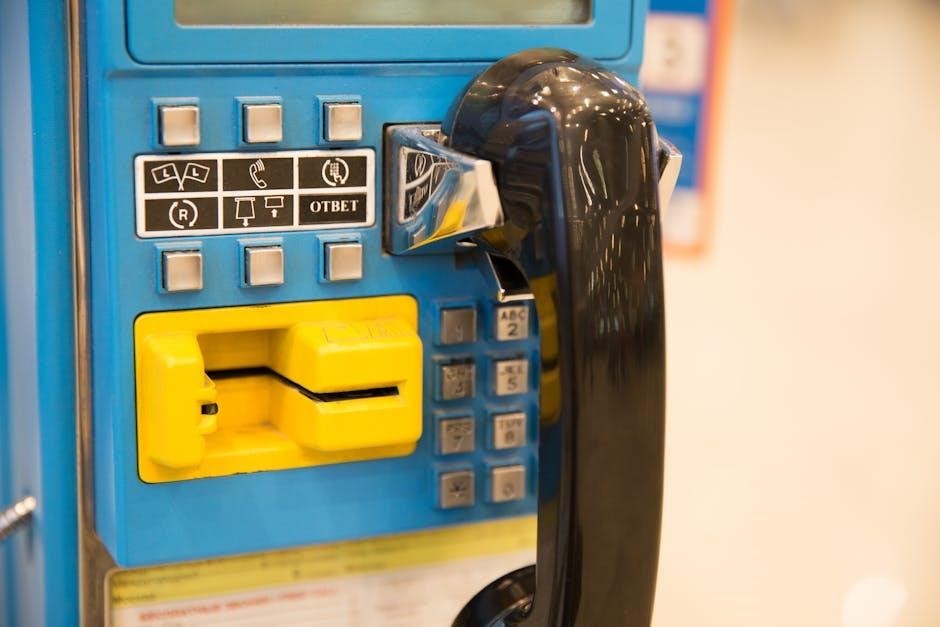
ECU Programming and Wiring Harness Integration
ECU programming is a critical step in the Ferrari 360 manual conversion, ensuring seamless integration of the new manual transmission. The original F1 system’s programming must be disabled to prevent error codes and ensure proper engine operation. This involves reflashing the ECU with custom software that recognizes the manual setup.
Specialized diagnostic tools are often required to access and modify the ECU’s parameters. The programming process eliminates the F1 transmission’s dependency, optimizing the engine’s performance for the manual gearbox. This custom tuning ensures smooth throttle response and accurate readings from sensors related to the transmission.
Wiring harness integration involves adapting the existing wiring to accommodate the new clutch switch, reverse lights, and other manual transmission-related components. This requires careful modification and connection of wires to ensure proper functionality.

Professional installers often provide pre-made wiring harnesses to simplify this process, minimizing the risk of errors. The integration process ensures that all systems function harmoniously, providing a reliable and enjoyable driving experience.
Properly executed ECU programming and wiring harness integration are crucial for the success of the manual conversion, ensuring the Ferrari 360 operates flawlessly with its new manual transmission. This step is vital for reliability and performance.
Cost Analysis: Parts, Labor, and Unexpected Expenses
Converting a Ferrari 360 from its F1 transmission to a manual gearbox involves significant financial considerations. The cost of the conversion can vary widely depending on several factors. A comprehensive cost analysis is crucial for budgeting purposes.
The most significant expense is the conversion kit itself, which includes essential components like the gated shifter, clutch assembly, and associated hardware. These kits can range from aftermarket options to those using a combination of new and used Ferrari parts. Labor costs represent another substantial portion of the overall investment. Professional installation is highly recommended, and hourly rates can vary depending on the shop’s expertise and location.
Unexpected expenses can arise during the conversion process. These may include the need for additional parts, such as replacement bearings or seals, or unforeseen complications during installation. It’s wise to set aside a contingency fund to cover these potential costs.
ECU programming and wiring harness integration can also add to the total expense. Custom tuning and specialized labor may be required to ensure seamless operation. When factoring in all these variables, a manual conversion for a Ferrari 360 can range from a substantial investment, making careful planning essential.
Potential Issues and Troubleshooting Tips
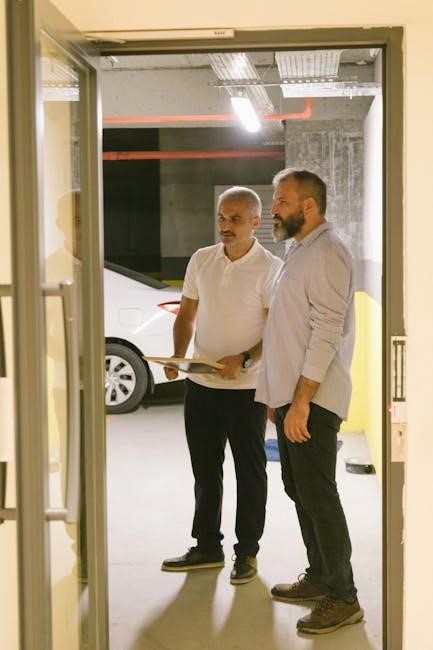
Undertaking a manual conversion on a Ferrari 360 can present unique challenges. Even with meticulous planning and professional installation, certain issues may arise during or after the conversion process. Addressing these potential problems promptly is crucial for ensuring the long-term reliability and enjoyment of the modified vehicle.
One common issue is related to ECU programming and wiring harness integration. Compatibility problems or incorrect configurations can lead to warning lights, performance issues, or even a complete failure of certain systems. Thoroughly verifying the wiring connections and software settings is essential.
Clutch engagement and shifting smoothness can also be problematic. Improperly adjusted clutch linkages or worn components can result in difficulty shifting gears or a slipping clutch. Regular maintenance and timely replacement of worn parts are essential for optimal performance.
Another potential issue is related to hydraulic clutch components. Leaks or failures in the hydraulic system can lead to a loss of clutch pressure, making it impossible to shift gears. Inspecting the hydraulic lines and master/slave cylinders for leaks or damage is crucial.
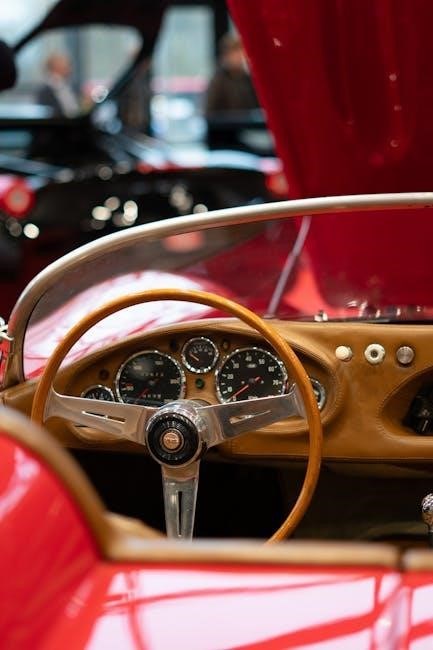
Finally, it is important to address any unusual noises or vibrations that may arise after the conversion. These could indicate loose fasteners, misaligned components, or other mechanical issues. A comprehensive inspection by a qualified technician is recommended to diagnose and resolve any problems.
Impact on Vehicle Value and Resale
The decision to convert a Ferrari 360 from its factory F1 transmission to a manual gearbox can have a complex impact on the vehicle’s value and resale potential. While some enthusiasts appreciate the enhanced driving experience of a manual, others may prefer the original F1 configuration, leading to varied opinions within the market.
For certain buyers, a manual conversion can significantly increase the desirability of a 360. The gated manual offers a more engaging and traditional driving experience, appealing to those who value driver involvement. This can translate to a higher selling price compared to an F1-equipped model, particularly if the conversion is professionally executed using high-quality parts.
However, it’s essential to consider that modifications can sometimes negatively impact the value of a classic car. Some collectors and purists may prefer an unmolested, original example, viewing the conversion as a deviation from the factory specifications.
The quality of the conversion plays a crucial role in determining its impact on value. A poorly executed conversion with mismatched parts or sloppy workmanship can detract from the car’s appeal and lower its resale price.
Ultimately, the effect of a manual conversion on a Ferrari 360’s value and resale depends on the specific buyer and their preferences. While it can potentially increase desirability for some, it’s important to weigh the risks and benefits before proceeding with the conversion.
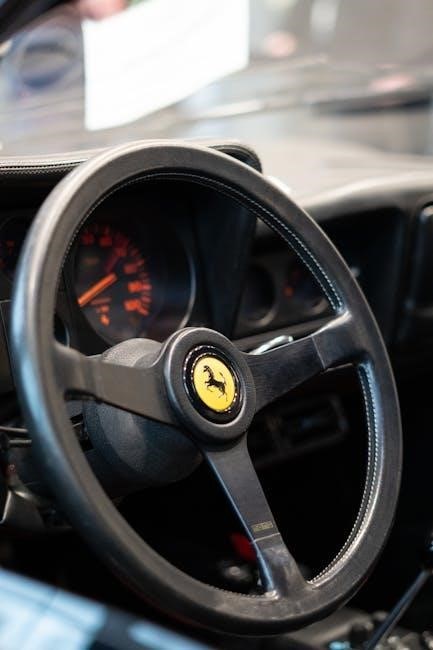
Driving Experience: Manual vs. F1 Transmission
The Ferrari 360, when equipped with either the F1 automated manual or a traditional manual transmission, offers distinctly different driving experiences. The F1 system, while innovative for its time, provides quick and precise gear changes via paddle shifters, allowing for rapid acceleration and a more automated feel. This can be advantageous on the track or in situations where convenience is prioritized.
In contrast, the manual transmission delivers a more engaging and visceral driving experience. The driver has complete control over gear selection, using a clutch pedal and gated shifter to navigate the six speeds. This provides a greater sense of connection to the car and a more traditional sports car feel.
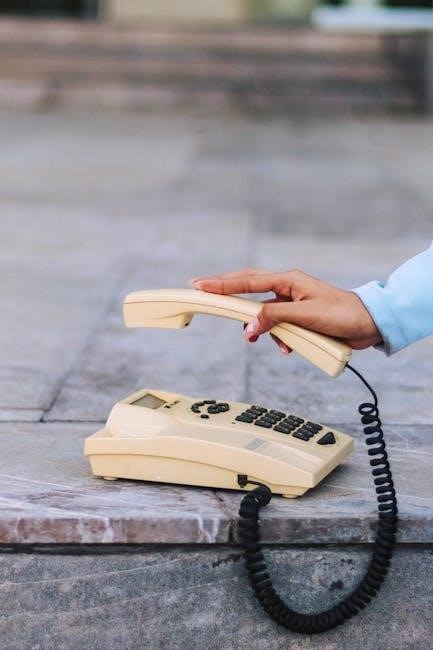
The manual offers a tactile precision and exhilarating performance that many enthusiasts find deeply satisfying. The act of perfectly rev-matching downshifts and smoothly engaging each gear adds a layer of involvement that is absent in the F1 system.
However, the manual also requires more driver skill and attention. Smooth and precise shifting is essential to maximize performance and avoid jerky transitions. Some drivers may find the manual more demanding, especially in heavy traffic or during long journeys.
Ultimately, the choice between the F1 and manual transmission comes down to personal preference. The F1 offers convenience and speed, while the manual provides a more engaging and rewarding driving experience for those who value driver involvement.
